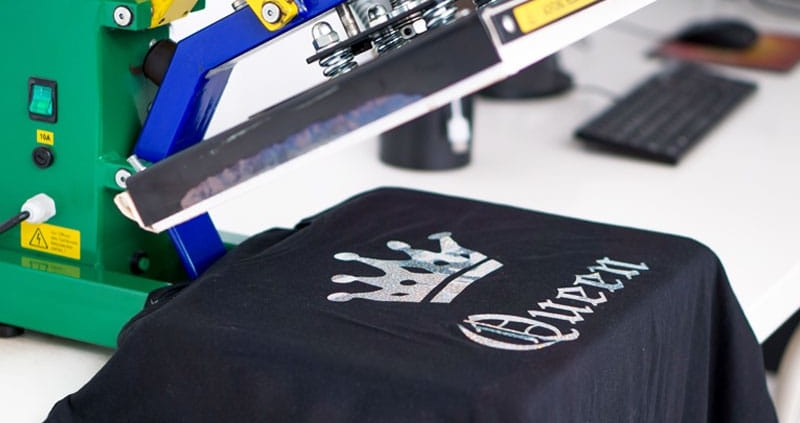
Even in the age of text messages, snapchats, and email campaigns, a well-designed t-shirt can still get a message across. T-shirts can convey brand messaging, raise social awareness, and increase support for a good cause. Custom t-shirt online that allows you to upload your own t shirt design can be convenient and cost effective. Although t-shirts can be a great visual medium for communication, they can do a disservice to your goals if designed poorly. Illegible, murky designs that don’t match the tastes of your audience won’t hit the mark and will leave you saddled with a print shop bill and unsaleable merchandise. Before moving forward with printing, consider the following concepts of creating effective, attractive t-shirt design.
Design Process
From movies and novels to sculptures and paintings, every great creative work requires a consistent, in-depth process. T-shirt design is no different. Generally, ineffective design choices are the result of rushing the creative process and not refining initial concepts into something legible.
The same way a story told through a play functions differently than a story told through a short film, a message conveyed through a t-shirt design will function differently than a message conveyed through a logo. Approach t-shirt design as a distinct medium and consider the following qualities:
- Color
- Typography
- Illustration style
- Use of text
- Contrasting elements
- Design accents
- T-shirt style (unisex, fitted, hoodie, long sleeve, etc.)
A good, general creative process begins with brainstorming. After deciding on a few core concepts, begin drafting a few variations of an attractive, effective design. Once you’ve found a design that works, refine and polish it for maximum effect. Finally, ask for feedback and revise if needed.
Effective Color Schemes
Colors can make or break a t-shirt design. Certain color combinations work better than others, and unappealing color contrasts can ruin an otherwise great design. Furthermore, a color combination that looks great in photoshop can come out dull when screen-printed. This effect happens because the lighting in your office or lab is often optimized and computer screens have built-in filters and settings to make colors appear more vibrant. Consider the following guidelines to get the most out of your t-shirt design colors:
- Light-colored designs look best on dark shirts, and dark-colored designs are most effective on white or grey t-shirts.
- Try choosing complementary colors. If you’re using Adobe Illustrator, turn on Global Colors. This setting links a color to the Swatches panel and updates the color on all objects where it is used when a change occurs. This allows you to easily try out different hues and color schemes.
- Use Pantone colors for screen-printing, as this is the preferred color system for printers.
- Outline text and expand any strokes you may have. There are plenty of good tutorials available for Illustrator and Photoshop.
The Best Printer
A t-shirt with the best design and color choices will only be as good as the final screen-printing process. Before moving forward with the printing process, take your time and choose the printer that will communicate and work to accommodate your unique needs. Available fabric weights, sizes, and cost all effect the product. When choosing the screen-printing service that’s right for you, consider asking the following questions:
- What printing method do they use?
- What type of ink do they use?
- What shirt brands do they carry?
- What is their turnaround time?
- How much for shipping?
From celebrating your accomplishments and touting your brand to raising funds for a good cause and advocating social change, t-shirts can be a great medium for sharing messages. If you’re considering a t-shirt for your next sporting event, consider Marathon Sportswear. Our team specializes in designs and t-shirt fabrics that are perfect for active individuals.


